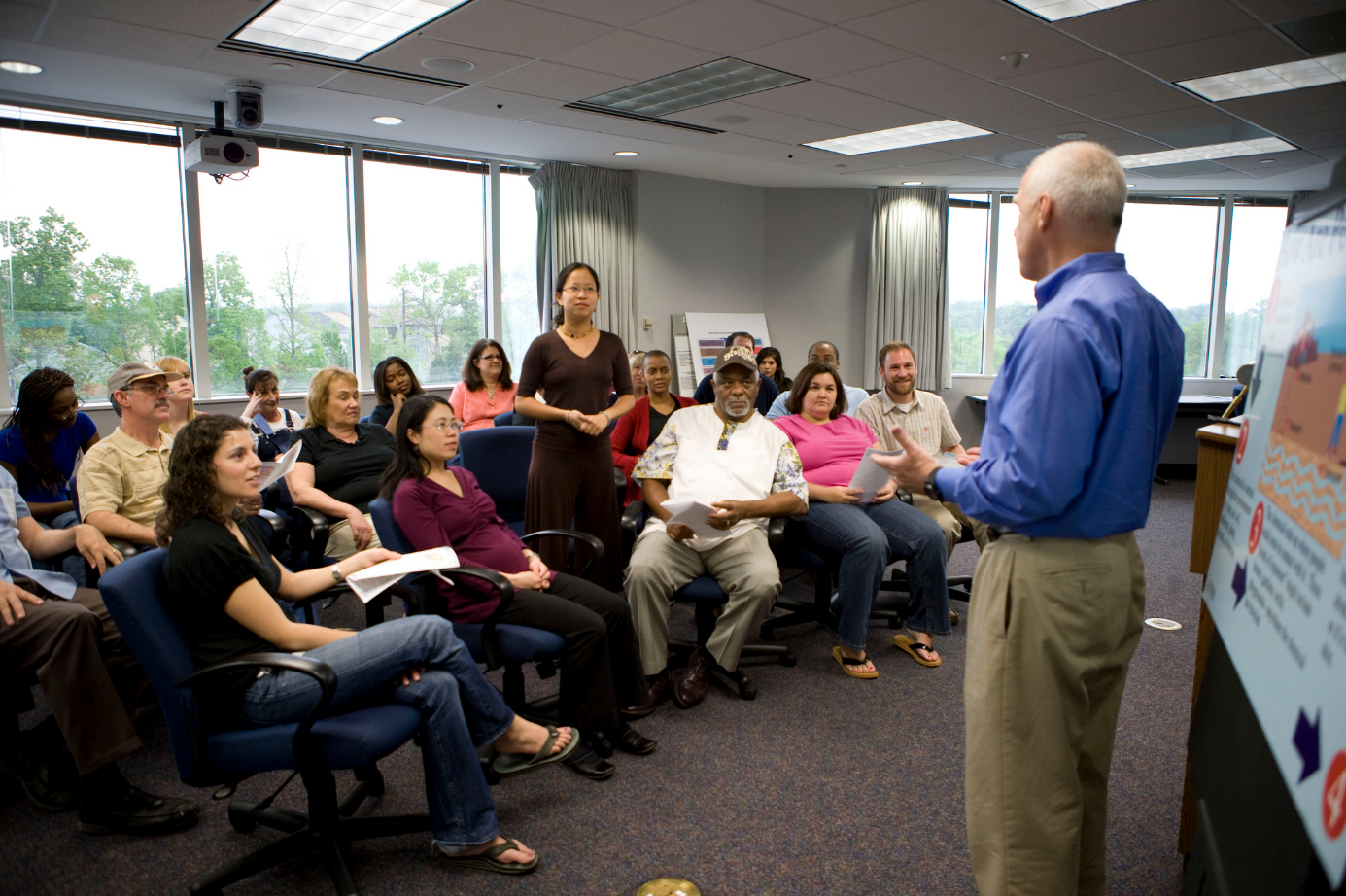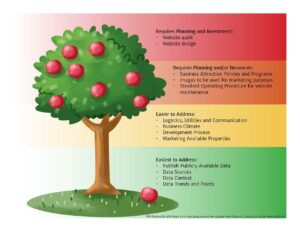With each project that you undertake in the community different stakeholders and partners should be brought in to the effort. The group is diverse, and each can contribute different valuable pieces to the economic development puzzle. You may include both large and small businesses, nonprofit organizations, private foundations, workforce development service providers, universities, city and county staff, and others. Depending on the project, others in the private sector will also be valuable, such as those in the lending industry or other community leaders in the private sector.
In order to achieve your community’s strategic objectives, it will be important to harness as many resources as possible, including the knowledge, leadership and skills of potential partners in your effort. If, as a group, the objectives of your strategic plan are accomplished, it will be rewarding to share the credit and relish the achievement. The more people who assist in accomplishing the goals, the more people will be interested in supporting the next project for the success of the entire community.
The local government may not always be the lead entity for an economic development project. Regardless, local officials can make themselves available to help bring the right people and organizations to the table. The elected officials in your community can display their leadership by reaching out to the various parties, work to support projects through efficient approval processes, and coordinate leveraging activities. In your economic development efforts, you need to know who the key stakeholders are that can add value to your community’s economic development efforts. Are there any barriers existing among key stakeholders which prevent them from doing more collaborative work? What resources can various stakeholders bring to the table in terms of financial support, people, technical support or other skills?






